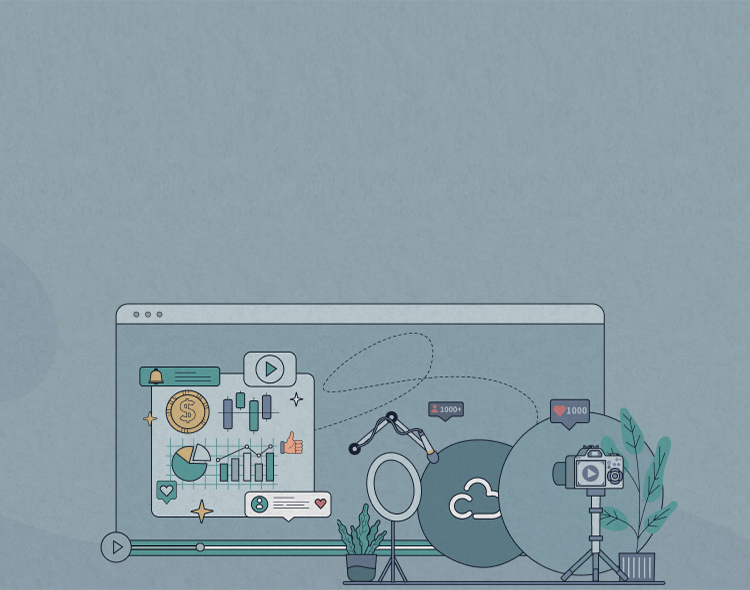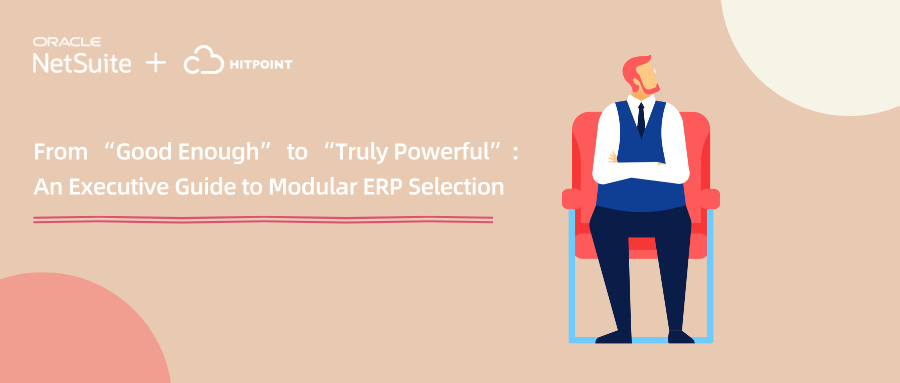Over the past decade, cloud ERP has transformed one-off capital expenditure (CapEx) into on-demand operational expenditure (OpEx), reducing implementation cycles from years to months. Yet this ‘pay-to-go-live’ model introduces new risks:
• Change management costs rise exponentially with each additional module;
• 60% of features remain unused within 12 months, with activation rates below 15% over the following three years;
• Each unused module still incurs approximately 8%–12% annual subscription wastage.
Oracle NetSuite's FY2024 customer review reveals: Enterprises adopting phased rollouts (1-3-5 module cadence) achieved 27% lower TCO within 36 months and 41% higher user adoption compared to full-module deployments.
I. Comprehensive Overview of 11 Core Modules
(Sequenced by ‘data dependencies’ rather than ‘functional importance’)
Finance (GL/AP/AR/Fixed Assets/Multi-Currency Consolidation) Role: Generates a single source of truth, supporting compliant reporting and cash flow forecasting. Trigger signals: Closing cycle >10 days, manual vouchers >30%, consolidated reporting delays >15 days.
Procurement (Supplier Portal/RFQ/Price Comparison/Contracts) Function: Transforms ‘relationship-based procurement’ into ‘data-driven procurement’, reducing material costs by 4.6% on average. Trigger signals: Missing quotes from three or more suppliers for identical materials, procurement approvals exceeding 48 hours, supplier overdue rate >8%.
Inventory (SKU/Batch/Serial Number/Multi-Bin) Function: Achieves inventory accuracy exceeding 98%, freeing up 10%-15% of working capital. Trigger Signals: Inventory discrepancy >3%, stock-outs >5 times/month, turnover rate below 1.2x industry average.
Order Management (End-to-End: OM → Fulfilment → Settlement) Effect: Transforms ‘shipping commitments’ into real-time ‘Available to Promise (ATP)’ calculations, boosting customer satisfaction by 12 percentage points. Trigger Signals: Order change rate >20%, delayed deliveries >10%, frequent manual order splitting.
Warehouse Management (WMS/Barcode/Wave Picking/3PL Integration) Function: Increases picking efficiency by 25%, reduces mispicks to below 0.03%. Trigger Signals: Picks per person <80 lines/day, mispick compensation >0.1% of monthly revenue.
Manufacturing (BOM/MRP/Work Orders/Process Routing/Quality Inspection) Effect: Achieves closed-loop ‘planning-execution-cost’ management with standard cost variance <2%. Trigger signals: Production order insertion rate >15%, material completeness rate <90%, WIP inventory discrepancy >5%.
Supply Chain Management (SCM/Demand Forecasting/Supply Network) Function: End-to-end inventory visibility, advancing supply chain risk alerts by 30 days. Trigger signals: Customer order volatility >40%, unstable lead times for critical materials, absence of sustainable supply chain metrics.
Customer Relationship Management (CRM/Lead→Cash) Function: Sales cycle shortened by 18%, lead conversion rate increased by 6–8 percentage points. Trigger signals: Lead loss rate >60%, sales forecast accuracy <70%, absence of customer 360-degree view.
Professional Services Automation (PSA/Project → Invoice)
Effect: Increases project gross margin by 3–5 percentage points, raises resource utilisation to over 75%.
Trigger signals: Project delay rate >25%, timesheet entry delays >7 days, absence of project-level profit/loss statements.
E-commerce (B2B/B2C/OMS/Membership/Promotions) Effect: Omnichannel inventory sharing, online order → offline fulfilment within <2 hours. Trigger signals: Online/offline inventory desynchronisation, promotional stockout complaints >3%, manual order transfer time >2 hours/day.
Marketing Automation (MA/Lead Nurturing/ROI Analysis) Purpose: Transform ‘broadcasting’ into ‘targeted precision’, boosting marketing ROI by over 20%. Trigger signals: Email open rate <15%, annual lead acquisition cost increase >10%, inability to track multi-channel attribution.
II. Phased Implementation Pathways Across 3 Growth Stages
0→1 (Revenue < ¥20 million) Core pain points: Survival, clear financial visibility, customer management. Recommended modules: Finance + CRM + Order Management Implementation timeline: 45–60 days Key milestones: • Monthly P&L statement issued within 3 days; • Customer data standardisation rate >90%; • Fully traceable orders with cancellation rate <2%.
1→10 (Revenue: ¥20–200 million) Core challenges: Inventory vs cash flow balancing, opaque procurement, multi-channel orders. New Modules: Inventory + Procurement + WMS (if operating own warehouses) Implementation Cycle: 30–45 days per module, rolling iterations Key Milestones: • Inventory accuracy ≥98%; • 100% digitisation of procurement quotations; • Cash conversion cycle reduced by 15%.
10→100 (Revenue > RMB 200 million) Core challenges: Supply chain risks, manufacturing coordination, global consolidation, compliance. New modules: Manufacturing + SCM + PSA + E-commerce + MA Implementation timeline: Rolled out by business unit, 6–18 months Key milestones: • Demand forecast accuracy ≥80%; • Real-time visibility of project-level gross margin; • Multi-ledger, multi-currency consolidation completed within 5 days.
Conclusion
ERP is never a one-off transaction, but a long-term endeavour that evolves alongside your business.
Selecting the right modules and implementing them in phases ensures every IT budget allocation translates into measurable operational profit.
May this guide empower you to secure that crucial vote for ERP investment at your next board meeting—using language both business and finance departments can understand.
-
2025/12/15
【Cloud Update | Event Review】Empowering Global Expansion for Restaurants with Oracle NetSuite at Its Core: Smart Stores at the Front End, Intelligent Brain at the Back End
-
2025/12/15
【New Customer Update | YONNY】 YONNY Partners with Oracle NetSuite × Hitpoint Cloud Global Supply Chain Integration Project Officially Launched
-
Digital Transformation Guide
2025/12/09【Cloud Goods Sharing】AI-Enabled Finance Transformation: How CFOs Can Leverage Artificial Intelligence to Boost Efficiency and Insight
-
Digital Transformation Guide
2025/12/04【Cloud Goods Sharing】Cloud Data Warehouse = “A Toy for Big Companies”? 5 Misconceptions That Are Slowing Down Your Growth!















